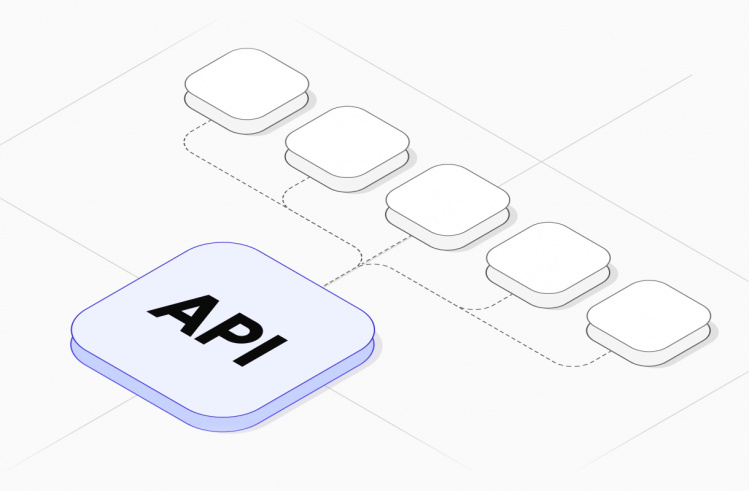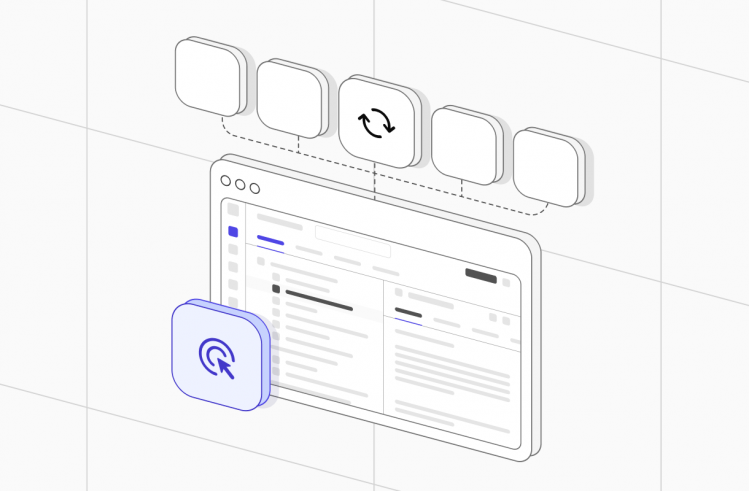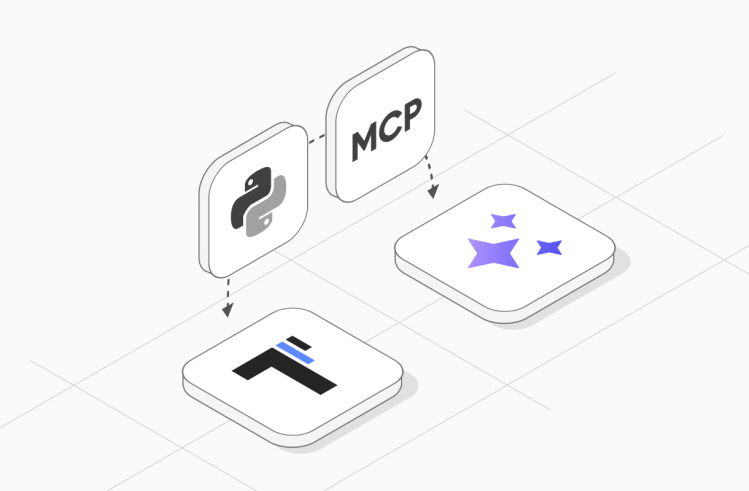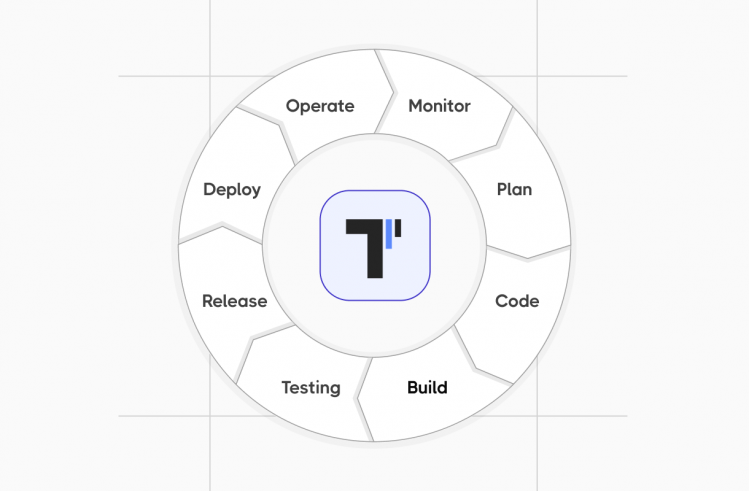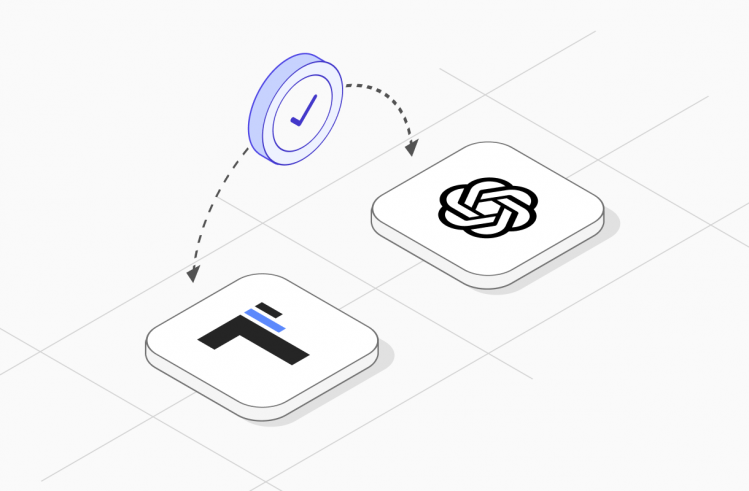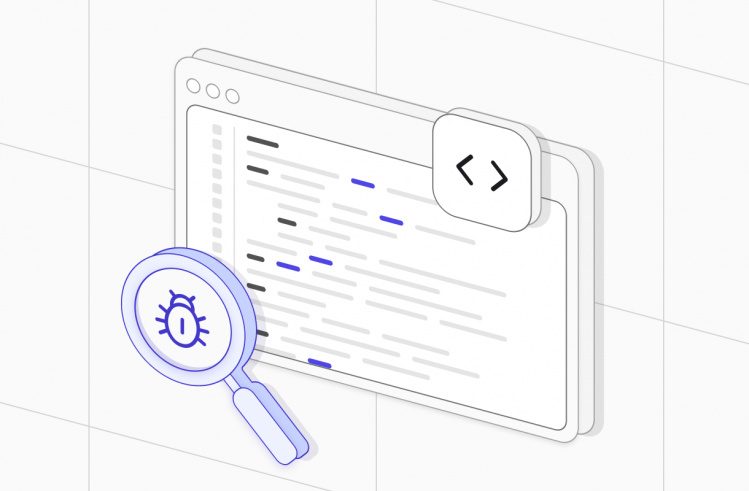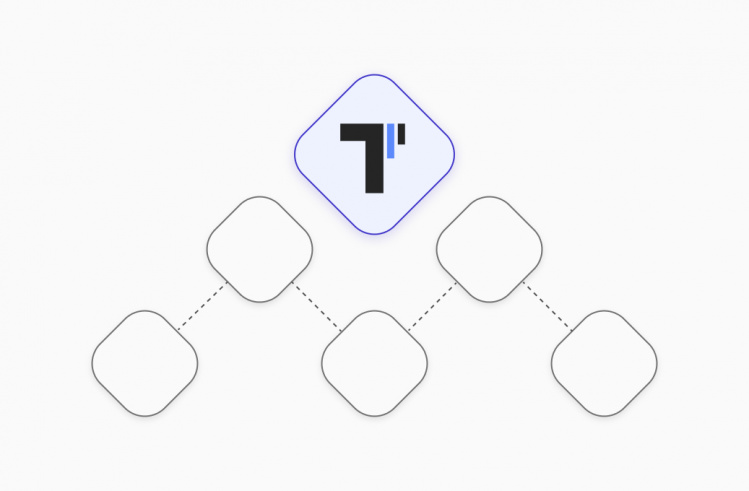In recent years JavaScript language has expanded intensively. And as testing is an integral part of development, it is changing across. On JavaScript are written many testing frameworks. These frameworks are able to solve various business problems.
Did you know that JavaScript has been named the most commonly used programming language for 8 years in a row? 67.7% of the developers use JavaScript 👍
Discover Open Base link, there placed 201 best JavaScript testing frameworks and libraries for debugging. All these libraries and frameworks offer pre-written code and extra features.
Why do QA Automation Engineers tend to use ready code?
JavaScript libraries contain various code, functions, methods, objects to perform practical tasks, that QA Automation Engineers can reuse and re-purpose, instead of writing code from zero.
Contain wide-ranging out-the-box functionalities for launching the test environment. Let’s say CI/CD. If it is UI testing some frameworks establish a connection with the browser, for instance, the well-known Selenium Webdriver. Provide integration with other third party tools. Give fake data, mocking support and many more…
Thus, JavaScript testing frameworks, bring simplicity to the entire testing process. Every JavaScript testing framework makes automation testing easier and speeds up the testing process. It saves a lot of time, effort and money for stakeholders. Moreover, these are the motive behind creating JavaScript testing frameworks and libraries, which is why you can find dozens of them for various use cases. Of course, even the best JavaScript testing framework has its own set of pros and cons.
The choice of a particular tool depends on the unique requirements of the project. Determines by the tech stack. Project progress in test automation, percentage of Automation Test Coverage has to be achieved by automated testing in comparison to manual testing. What problems might it solve? QA team testing experience. Dev skills and their previous experience.
To use a particular JavaScript framework, should read the JS framework’s documentation you intend to use and follow the steps from testing framework Docs. Rest assured that in Docs, you will find many good ready-to-use examples of tests to deal with daily routines.
Also, we would like to pay your attention to Chai. Make sure, you will apply it too. Chai is the assertion library and is used together with almost all javascript testing frameworks, which are noted below. As we know assertions are the base component of test cases. Chai provides functions and methods that ensure compare the output of a certain test with its expected value.
Chai is popular JavaScript testing library due to its simple BDD syntax. Its syntax is very similar to human language like English and makes tests more understandable for all participants of the testing process.
A list of JavaScript testing frameworks you should know by default
Mocha
MochaJS is certainly the most used JavaScript testing framework. Provides both frontend and backend testing.
Main advantages:
- Incredible expandability of Mocha. Mocha is powered by a lot of plugins for every taste, including real time reporting, screenshots and video capturing test results.
- Integrated with other JS testing frameworks, for example Webdriver.io, CodeceptJS.
- The best for starting, thank to there are many code documents, articles video tutorials on the internet.
- Sequential execution of test cases with flexible reporting.
- Mocha helps you to easily map exceptions with the relevant test cases
- Mocha support all browsers.
- It can easily support generators.
If you are looking for a very flexible and extensible testing tool, MochaJS will be an excellent choice!
CodeceptJS
What is CodeceptJS? CodeceptJS itself is not so much a testing tool rather than it is a wrap-around multiple testing tool able to test any web application. This means that with CodeceptJS you can pick between frameworks like WebDriverIO, Protactor, Nightmare, Appium Selenium, Appium, Playwright, Puppeteer and use the same script to test on all of those. You can even test your API with and integrate this with your end to end tests.
Main advantages:
- Multiple testing tools in one.
- CodeceptJS offers scenario-driven tests. These test scenarios are linear as the user’s behavior and his actions on a site.
- Special BDD-style syntax makes test code concise and readable.
- Expandable you can run tests without substantial changes in any of the popular test runners.
- Codecept testing environment is easy to set up and maintain.
Pretty good choice for small and middle projects 👍
Cucumber
It is a cross-platform Behavior Driven Development (BDD) tool. Remember, Cucumber is not a testing tool as well as CodeceptJS. It is just a tool for describing users’ behavior, tending to how an app should work. It explains through Steps written in Gherkin syntax. It doesn’t require you, to automate user behavior verification of your system if you find it useful.
Main advantages:
- Cucumber tests are completely understandable for the business stakeholders, who are not familiar with testing at all, as they can easily read the code. Test reports are written in business readable English as well.
- Cucumber is quick and easy to set up execution and allows reusing code in the tests.
- One good feature is that both specification and test documentation are uploaded in a single up-to-date document.
- The code can be used together with other testing frameworks written not only on JavaScript but also on Java, Python and others.
Selenium WebDriver
Selenium Web Driver includes a JavaScript testing framework and is accepted for performing automated cross-browser testing web applications. Also, Selenium Web Driver is used for other programming languages. Support coding in Java, Python, PHP, etc.
Main advantages:
- Simple syntax thus can be easily learned by testers who want to get introduced to automated web testing quickly.
- Flexibility and extensibility.
- Scalability, performing parallel testing.
- A large community are always there to resolve your problem. Because Selenium Web Driver is the oldest automation testing tool.
TestCafe
TestCafe is a great alternative to Selenium-based tools. The library uses its own test structure and another way to implement control over the browser – the implementation of JavaScript scripts. You gain complete control over the JavaScript execution cycle. UI tests usually are run separately from others.
Main advantages:
- Easy to start testing.
- Clear and more readable syntax in comparison with Selenium Web Driver.
- Works in any browser and on any device.
- Parallel testing in several browsers at once.
- Convenient error reports.
Webdriver.io
WebdriverIO is a browser and mobile automation test framework based on Node.js and leverages Selenium.
WebdriverIO allows you to automate any application written with modern web frameworks such as React, Angular, Vue.js as well as native mobile applications for Android and iOS according to documentation.
Main advantages:
- WebdriverIO gives you a full-fledged framework out of the box. It doesn’t require you to implement anything from scratch, as you would with straight Selenium.
- It comes with everything you need to build scalable and sustainable test suites and contains extra features not found in the straight Selenium version.
- Out-of-the-box integrated with other JS testing frameworks, as for example Mocha, Chai, CI\CD tools, Reporters.
Cypress
Cypress is a JavaScript end-to-end testing framework that runs in the browser. Cypress definitely belongs to the top javascript testing frameworks thanks to their huge popularity.
Due to architectural design differences from other test frameworks, it provides customers with faster and more accurate test execution. It includes Test Runner and logs for interactive test execution, making it easy to debug test execution.
In addition, Cypress is intelligent enough to recognize that after saving a test file, the tester will rerun it. As a result, there is no need to define implicit and explicit waits.
Main advantages:
- Complete and clear documentation.
- Parallel and cross-browser testing.
- Convenient startup and debugging tools.
- Faster and more accurate running tests.
Jest
Jest is a great JS testing framework from Facebook. Jest is a framework for Unit Testing, a way for you to test the individual functions and components of your application, that future commits don’t break it unexpected.
Main advantages:
- Fast and highly productive. So, it is perfect for React-based applications, especially for large projects.
- Jest compatible with Babel-based projects, TypeScript, Angular, VueJS and other frontend frameworks, also many NodeJS test libraries.
- Everything you need for unit testing comes out of the box.
- Jest has excellent documentation, active worldwide community and support for all modern IDEs.
- An intelligent parallel testing mechanism.
- Working in monitoring mode, jest updates only those tests that could change. That makes Jest a popular JavaScript automation testing framework for unit tests.
Puppeteer
Puppeteer automates Chrome and Firefox. Mostly Puppeteer is an automation tool and not a testing framework. This means it is incredibly popular for use cases such as scraping, generating PDFs, etc. Puppeteer is a test automation tool maintained by Google. It uses the same debugger protocol Selenium (well, ChromeDriver) uses to perform clicks.
Main advantages:
- Puppeteer is generally easier to set up than Selenium for the development flow.
- Easy to set up and maintain
- Exellent documentation
Playwright
Playwright is a Node.js library that allows the QA Automation Engineers to control browsers through its high-level API. Playwright utilizes the same architecture as Puppeteer and is a thin WebSocket client. It uses a very similar syntax.
When the tester runs a Playwright test script, the UI is readied at the backend before the test interacts with web elements. While for other frameworks, testers have to write code for the wait explicitly.
Playwright ensures auto wait, making it easier to write concise test scripts. It also provides flexible testing through its capabilities, which covers a wide range of complex scenarios for comprehensive testing.
Playwright is a test automation tool maintained by Microsoft.
Main advantages:
- The Playwright is highly fast and stable and ensures optimal usage of resources
- Parallel testing launches through Browser Context
- Available Safari browser support.
- It works on isolated sessions in browsers for grids.
- Test creation speed is high as well.
- Like Cucumber, Playwright supports multiple programming languages such as Python, Java, and .NET C#
- Simple to install and set up
- Also, available community support, great documentation, detailed instructions, good example projects.
In conclusion
Find the right JavaScript testing framework you need 🙂 Make your JavaScript tests visible with testomat.io — all-in-one test management solution for automated tests.


